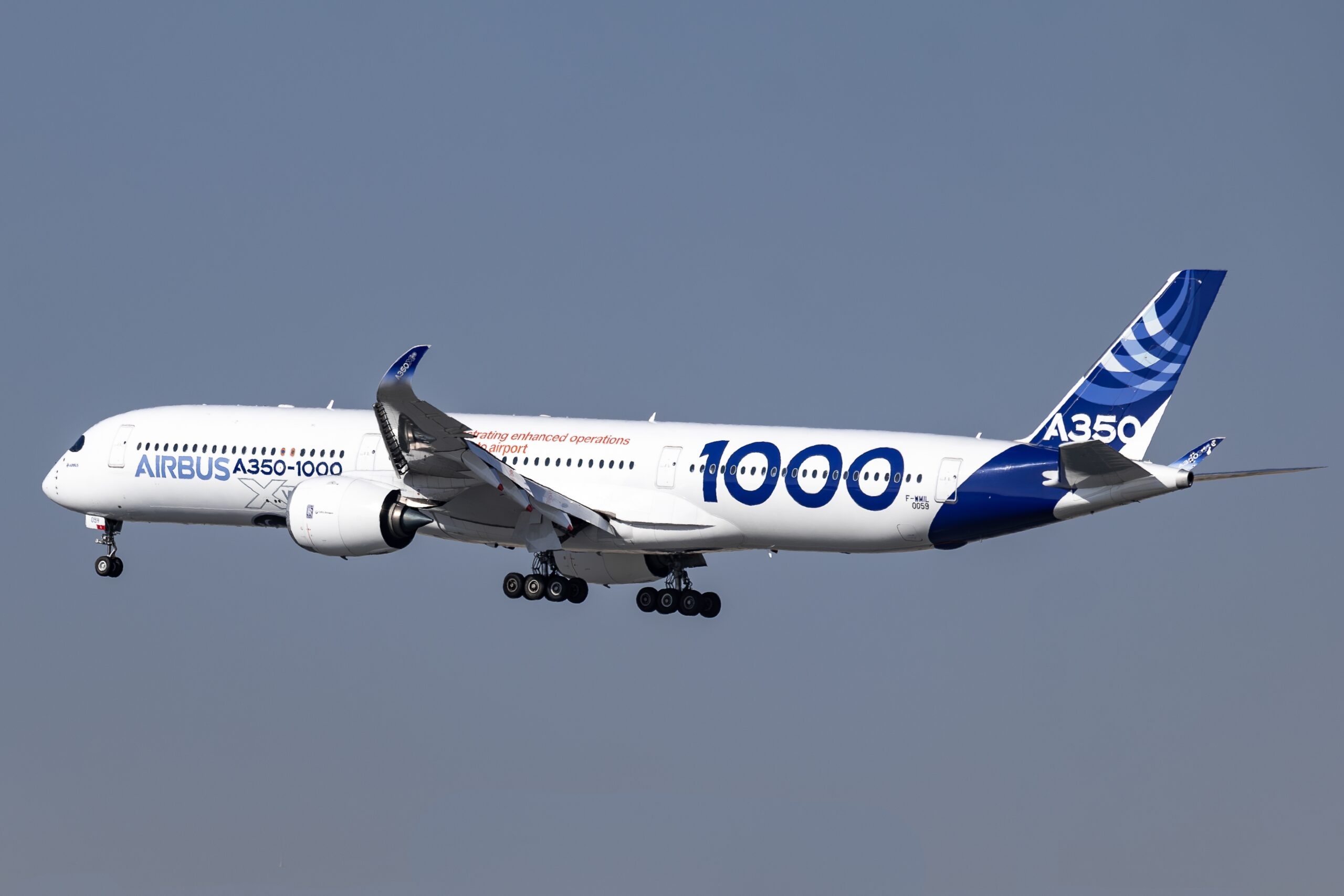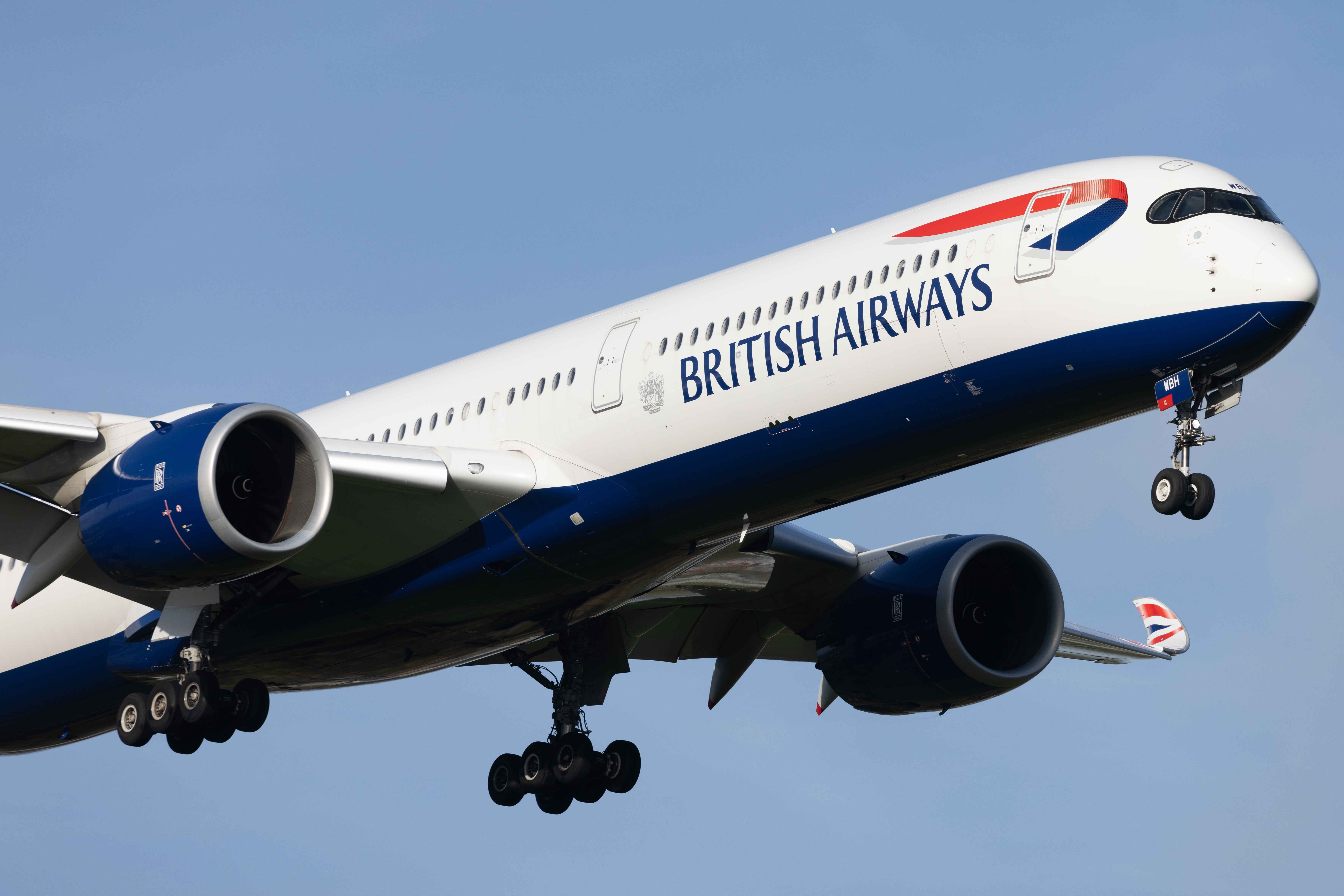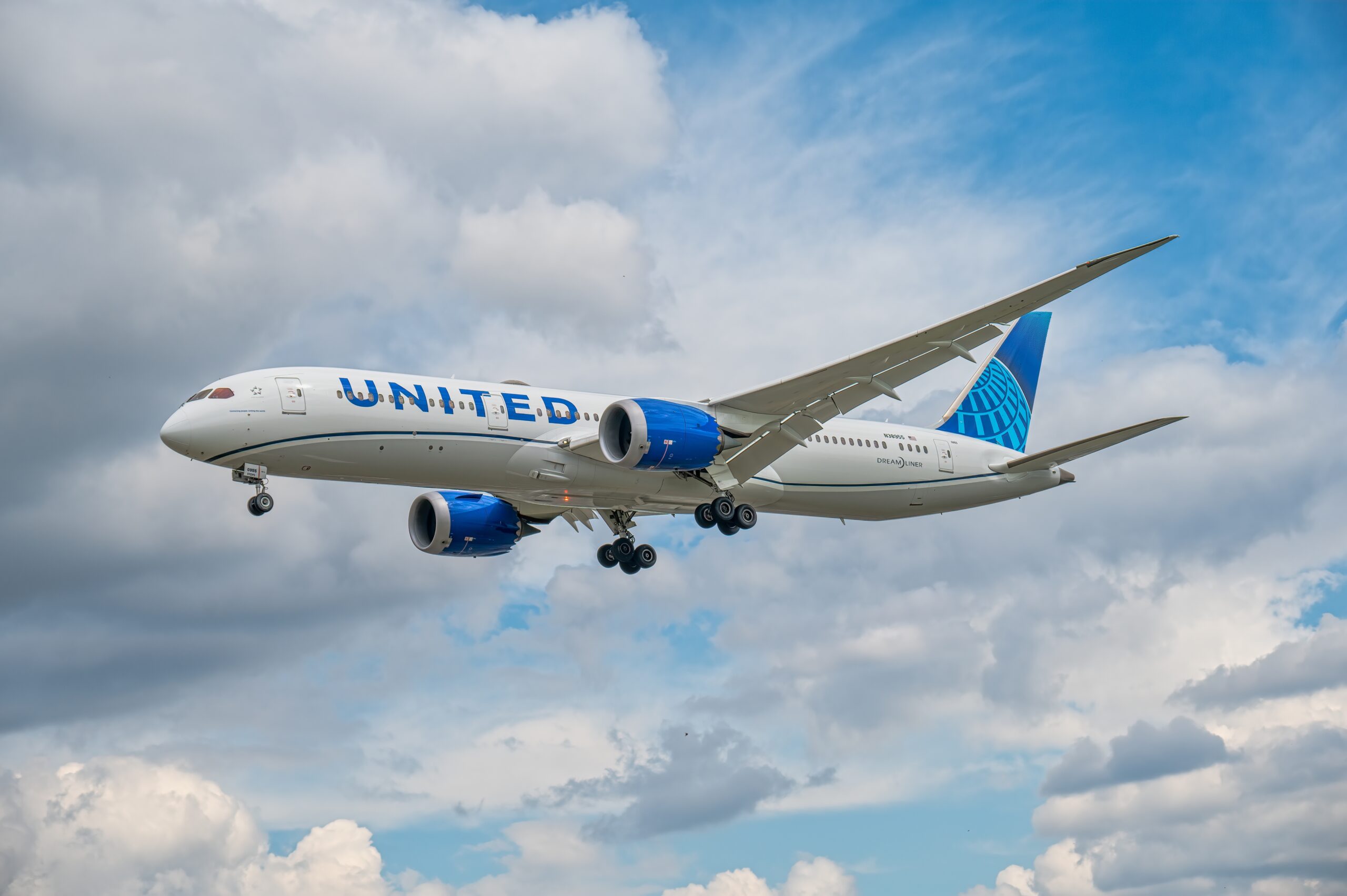Business Aviation News
Business Aviation News
Business aviation plays a significant role in global trade and commerce. Companies can get an edge over competitors with the use of private jets. This sector has seen rapid advancements and changes in recent years.
Latest Developments in Business Aviation
Technology is reshaping the industry. Aircraft manufacturers are continuously innovating. Their goal: better performance and enhanced safety. The result: a new generation of business jets.
- Sustainable Aviation Fuel (SAF) – A major focus is on reducing carbon footprints. Sustainable aviation fuel is a promising solution.
- Electric Propulsion – Electric aircraft are becoming more feasible. They offer reduced operating costs and lower emissions.
Regulatory changes are also influencing the sector. New safety standards and operational guidelines aim to make flying safer and more efficient.
Fleet Expansion and New Aircraft Models
Fleet expansion remains a priority for many operators. Several new aircraft models have been launched recently. These jets offer better range, efficiency, and comfort.
- Gulfstream G700 – This jet promises the longest range and the fastest speeds in its category.
- Dassault Falcon 6X – Known for its wide cabin, it combines efficiency with luxury.
These models are expected to meet the growing demand for international business travel.
Market Trends and Analysis
The demand for business aviation services is rising. Factors like global economic growth and increasing globalization are driving this trend. Companies are looking for efficient transport solutions for executives and key staff.
Charter services are a growing segment. More people are opting for private jet charters rather than full ownership. This model offers flexibility and cost savings.
Impact of COVID-19 on Business Aviation
The pandemic had a mixed impact on the industry. Commercial aviation saw a huge decline, but business aviation remained more resilient. Private jets became more attractive as they offered safer travel options.
The recovery has been swift for business aviation. The need for safe, reliable travel options continues to support industry growth.
Advancements in Avionics and Connectivity
Modern business jets come equipped with advanced avionics. These systems improve navigation, safety, and operational efficiency. Pilots have access to real-time data and better decision-making tools.
Onboard connectivity has also improved. Passengers can now stay connected throughout their journey. This is crucial for conducting business activities while in the air.
Mergers and Acquisitions
The business aviation sector has seen several mergers and acquisitions. These moves aim to consolidate resources and expand market presence. Companies are looking to offer comprehensive services to their clients.
- Textron Aviation – Acquired several smaller companies to enhance its product lineup.
- Jetex – Expanded its global footprint through strategic acquisitions.
These consolidations are likely to result in better service offerings and more competitive pricing.
Challenges Facing the Industry
The industry also faces a set of challenges. Regulatory compliance is becoming more stringent. Operators need to invest in training and technology to meet these standards.
Pilot shortages are another issue. The demand for qualified pilots exceeds supply. This shortage could impact operational efficiency and service quality.
The Role of Digital Platforms
Digital platforms are revolutionizing how services are booked and managed. Apps and websites allow clients to book jets, track flights, and manage itineraries. These tools offer convenience and efficiency.
Total transparency in pricing and service availability is becoming the norm. Customers can make informed decisions quickly, boosting overall satisfaction.
Environmental Considerations
Environmental impact is a growing concern. The industry is under pressure to reduce its carbon footprint. Initiatives include the use of sustainable aviation fuel and more efficient engines.
Electric and hybrid aircraft are in development. These options promise lower emissions and operating costs. Pressure from regulators and consumers is driving these advancements.
Future Outlook
The future of business aviation looks promising. Continued innovation and demand for efficient travel will support growth. However, addressing challenges like pilot shortages and regulatory compliance will be crucial.






